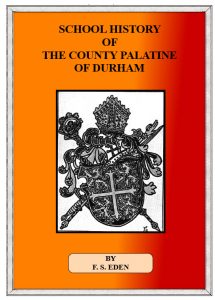MY objects in writing this little book are to contribute a modicum of help to the movement in favour of vacation schools and school. excursions which has become so marked a feature of recent educational development, and to further the study of local history as part of the school curriculum, so far as the regulations of the Board of Education, at present, admit.
It is, happily, unnecessary to expatiate upon the benefits, mental and physical, which may be reaped by our children (evidenced by the excellent results already attained) by the judicious use of vacation schools and school journeys and excursions, because the subject has been thoroughly dealt with in vol. xii; of the series of Special Reports on Educational Subjects, issued in 1907 by the Board of Education.
With regard to the study of local history, there are, I believe, two methods which, combined, may enable school authorities and teachers to get good results. A book dealing with the subject can be selected as the continuous reader, which, supplemented by reference to large scale map by the teacher’s own comments, will give the children a general idea of the history of the country round about them, and, perhaps, though this depends more on the teacher than on the book, they may gather a little enthusiasm for the subject and some desire to know more about it.
The notion that there are interesting things to be found out about the towns, villages, and countryside by looking into their past story, having thus got into the children’s minds, excursions, under the power given by the Board for a Limited number of outdoor lessons in the course of each year, may be made to places of interest within a few miles of the school. The result will be that the children, coming into actual contact with existing historical monuments, handling, seeing, sketching, and measuring them (for they should be encouraged to do all these; of course, to do them in intelligent fashion), will apply the ideas got from the book to the concrete objects before them; and the end of all education, the development of their powers of observation, of putting two and two together, of drawing inferences, of weighing evidence, will be greatly furthered.
The following pages cannot supply more than an outline sketch of Durham history, and, perhaps, I may be allowed to suggest that Durham teachers would find help in this work of teaching local history if they were to get a first-hand acquaintance with, by visiting, again and again, the ancient churches- and buildings in their immediate neighbourhoods, and were also to read such a book as Parker’s Introduction to Gothic Architecture, with his glossary of Gothic Architecture at hand for reference, and Boutell’s English Heraldry. Then they might go on to digest what is to be found in Surtees’ History of Durham and Billing’s Architectural Antiquities of Durham about the places visited.
